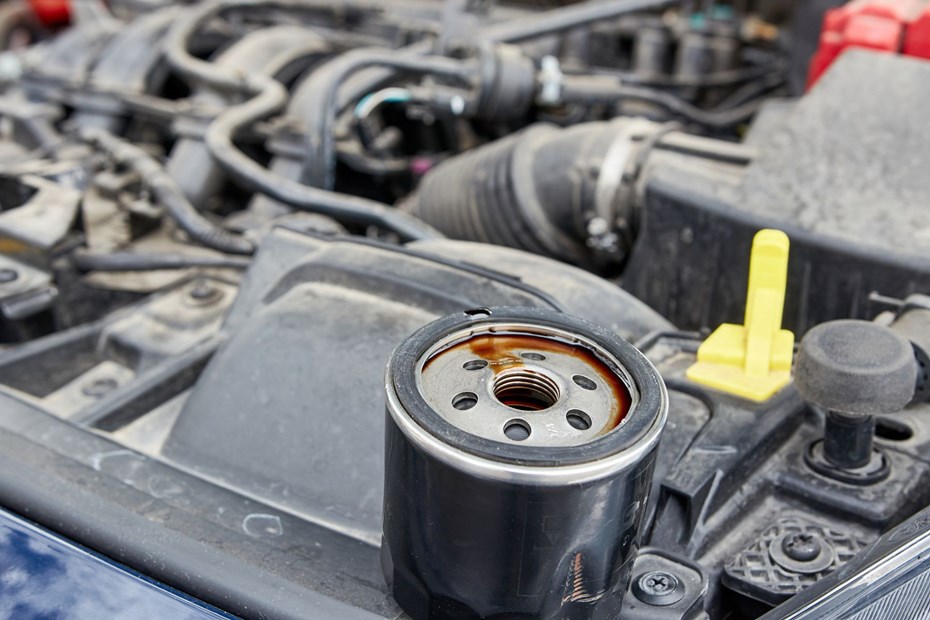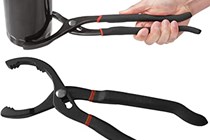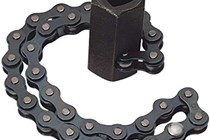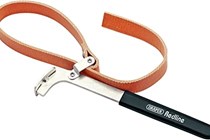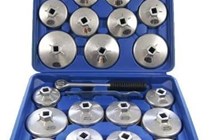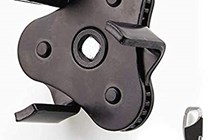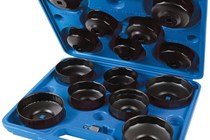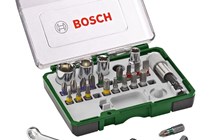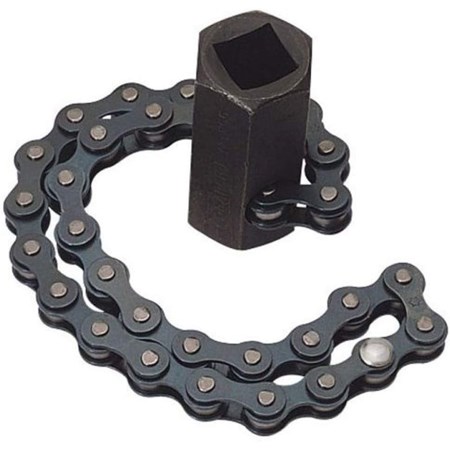What is the need for oil filter removal tools in the world of hand tools? Garage labour costs can be ludicrous. For some jobs, you need a professional who has the kit to get it done properly. But for most annual services, there are a great deal of things on the mechanic’s to-do list that can be done at home.
One such example is an oil change. Some garages can charge as much as £100 to refill your oil, but if you have the right tools and know-how, you can save yourself a pretty penny.
If you have a decent car tool kit, it isn’t too difficult to change your own oil. Regular oil changes will help your engine work more efficiently and prevent unnecessary (and expensive) damage in the future. It’s important to remember to change your oil filter, too.
The best oil filter removal tools at a glance:
Best oil filter pliers (Editor’s pick): Workpro Adjustable oil filter plier – Buy from Amazon.
Best oil filter wrench cup set: Silverline Oil Filter 15-Piece Wrench Set – Buy from Amazon.
Best strap tool: Draper Redline 100 mm Oil Filter Strap Wrench – Buy from Amazon.
Removing it is usually fairly easy but very messy, so an oil filter removal tool is a good idea. Some of these tools can be used with socket sets and are also super useful for removing stubborn and awkwardly placed oil filters, so should be considered. We’ve selected the best examples on the market currently so that you can change your own oil filter with ease.
Best oil filter removal tools
Best oil filter pliers (Editor's pick)
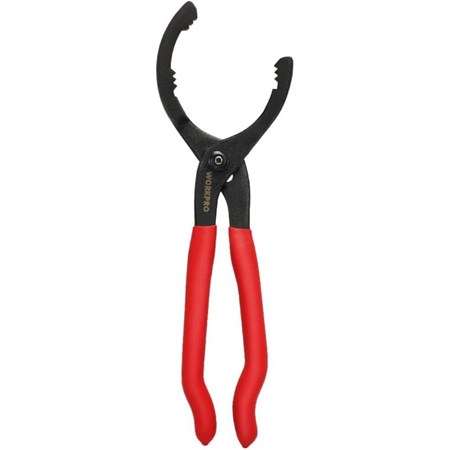

Pros
- Simple to use
- Effective
Cons
- Possible to cause a mess if you aren't careful
Pros
- Excellent grip for stubborn oil filters
- Pretty good quality
Cons
- Awkward to use in tight spaces
Best strap tool
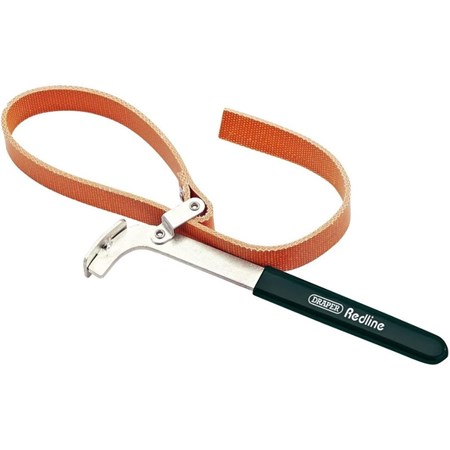

Pros
- Good value
- Top quality construction
Cons
- Not suited for harder tasks
Best oil filter wrench
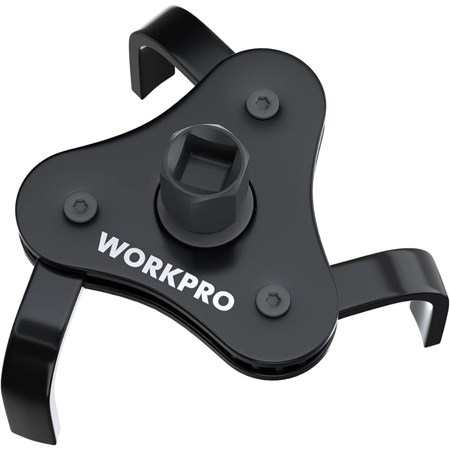

Pros
- Fully adjustable
- Great if you like using sockets to pull filters off
Cons
- Doesn't fit awkwardly placed oil filters
Pros
- Great variety of cups available
- Includes a socket
Cons
- You'll only need this if you own a number of cars
Pros
- Great value
- Trusted quality brand
Cons
- The price is reflected in the lack of socket sizes
FAQs: What you need to know about oil filter removal tools
-
Which type of oil filter removal tool is right for me?
The biggest thing to consider is where your oil filter is in your car. Either refer to the car's handbook or using a small mirror, have a look under your car to find it. If there is limited room surrounding it, then you'll need to choose a tool that'll work well in compact places. This might mean you'll need to whip out a small socket set.
A ratchet wrench could be useful in this situation, too. If, on the other hand, it looks like you have a fight on your hands, you'll be wanting a more powerful tool that'll be able to remove a seized filter without damaging the filter and spilling old oil everywhere. Finally, consider that cap and claw tools will require a socket wrench to properly work. If you already have one then you're good to go. -
How do I change an oil filter?
The whole process is a whole lot simpler than jobs that require glow plug removal tools. So, follow the steps and you should be okay.
1. Run your engine for a few minutes so the oil is heated, it'll drain quicker this way (but make sure it isn't too hot to be safe to remove).
2. If you can, get your car on ramps (using a ramp, inspection pit or jacks will make things a lot easier but it's in no way essential). Just make sure you have enough room underneath your car to work safely. Gloves and safety goggles are a must from here.
3. Find the oil drainage plug and place an oil pan underneath it, use a socket wrench to loosen the plug and remember that the oil will drain at an angle. Drain the old oil and ensure it goes into the pan.
4. Reattach the plug, secure it with a socket wrench and make sure not to over-tighten it.
5. Find the oil filter (a small mirror can come in handy if you can't safely get under your car) and place the oil pan underneath it. Attach the removal tool to the oil filter and remove it. Make sure to clean the mount with a rag.
6. Using a little bit of your new oil, lubricate the filter's gasket and screw it into place by hand.
7. Add the new engine oil to your car and check you've added enough.
8. Run the car and make sure there are no leaks from the filter or drainage plug. If there are, you'll probably just need to tighten them.
9. Dispose of your old oil at an appropriate location. Some recycling centres will dispose of it for you. -
What is the best tool to remove an oil filter?
An oil filter wrench is the best tool for removing an oil filter.
-
What can I use to get the oil filter off without a tool?
You can use a belt, a strap wrench, or even a screwdriver and hammer as a last resort.
-
How do you remove a difficult oil filter?
Use an oil filter wrench, apply penetrating oil to the base, or carefully puncture the filter with a screwdriver to turn it.
-
Is it easier to remove the oil filter hot or cold?
It's easier to remove the oil filter when the engine is warm (not hot), as the heat can help loosen the filter.
-
Will oil drain if I remove oil filter?
Yes, some oil will drain out when you remove the oil filter.
-
Is hand-tightening an oil filter enough?
Hand tightening is usually sufficient, but it should be snug. Check the manufacturer's recommendation.
How we choose
All of these oil filter removal tools have been hand-selected by our team of experts, who have spent hours investigating and researching oil filter removal tools to make it easier for you to find the very best, and we’d never recommend a product we don’t believe in.
Where possible, we also test and share the latest and best products you should know about.
Sign up to the Parkers Newsletter to keep up to date with more of the latest reviews, news, and recommendations from the Parkers team.
Just so you know, whilst we may receive a commission or other compensation from the links on this website, we never allow this to influence product selections – read why you should trust us
Just so you know, we may receive a commission or other compensation from the links on this website - read why you should trust us.


